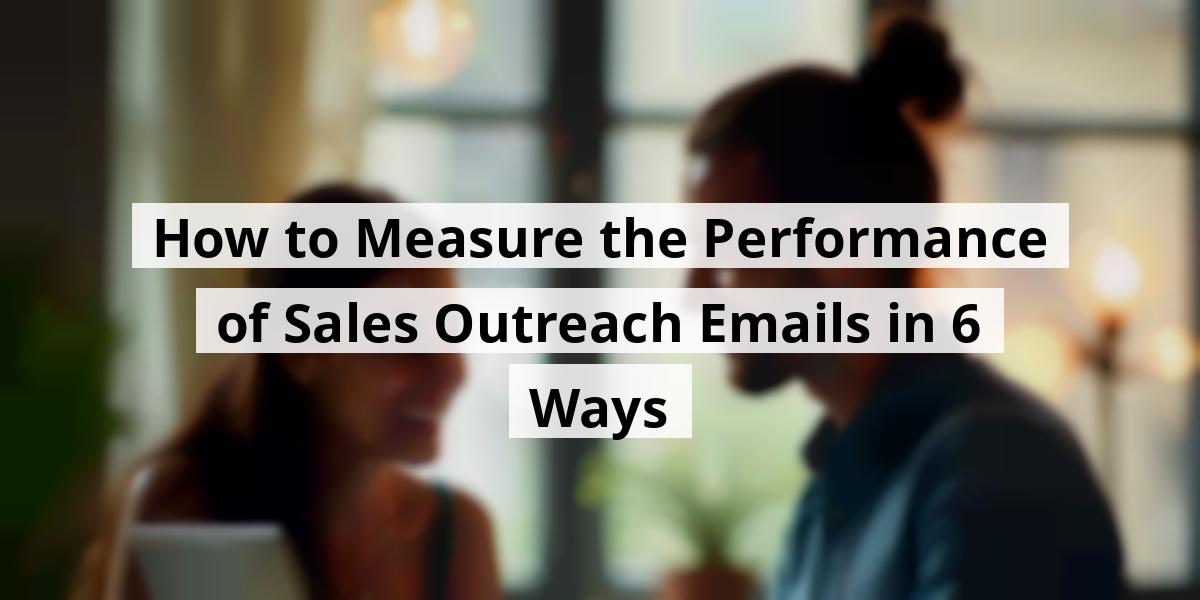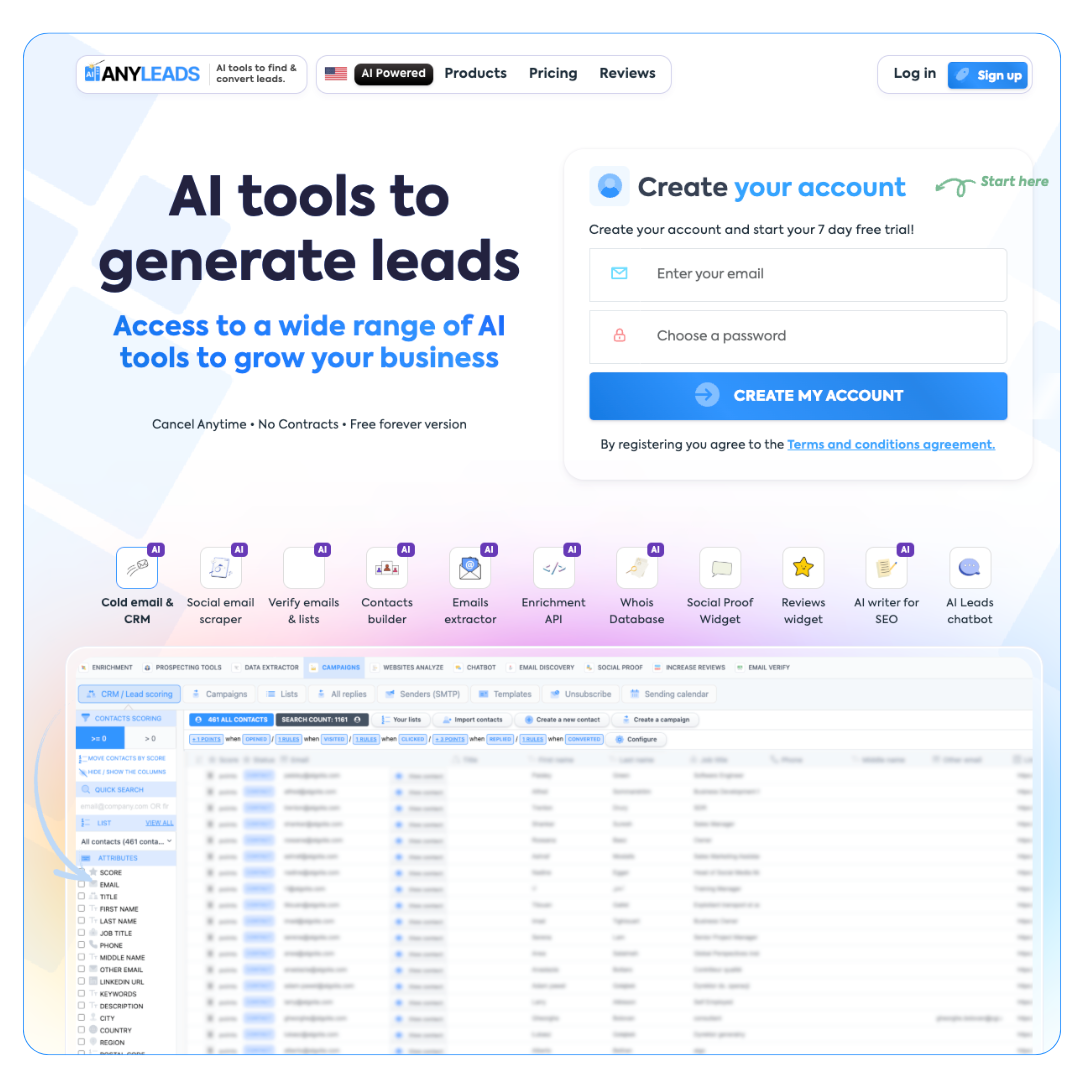 LIMITED SPOTS
All plans are 30% OFF for the first month! with the code WELCOME303
LIMITED SPOTS
All plans are 30% OFF for the first month! with the code WELCOME303

 LIMITED SPOTS
All plans are 30% OFF for the first month! with the code WELCOME303
LIMITED SPOTS
All plans are 30% OFF for the first month! with the code WELCOME303


Now we are going to talk about a vital aspect of business—sales outreach. It’s interesting to see how this has transformed over the years, isn't it?
Sales outreach is like sending out invitations to a party, but it’s one where you really want people to show up. Instead of waiting for potential clients to stroll through your door, sales outreach involves making the first move. It's about reaching out to those who might not know you're the next big thing since sliced bread. Think of it as fishing. You have your bait (your product or service), and you’re casting your line to catch the right audience. If they nibble, great! If not, well, there are plenty of fish in the sea.
The ultimate aim here is to spark up conversations, form relationships, and, let’s be honest, close some deals like a champion besting a piñata at a birthday bash!
In today's landscape, we’re swimming in a sea of competition. So, how do we reel them in? Here’s a quick rundown:
We can learn from the recent buzz around the rise of social selling. Platforms like LinkedIn have become the new watering holes for sales teams. Moreover, with the 2023 trends highlighting the importance of authenticity in outreach, people are more drawn to genuine, friendly interactions rather than soulless sales pitches. It’s like trying to schmooze someone over coffee versus blaring a sales jingle at them—one's much more inviting, wouldn't you say?
As we move forward, sales outreach remains a key ingredient in the recipe for success in business. So, let’s dust off that fishing pole and get casting. Because who doesn’t want to reel in a few big ones?
Now we are going to talk about a common yet crucial tool in the sales toolbox – outreach emails. These emails can make all the difference in connecting with potential customers.


So, what exactly are sales outreach emails? Imagine you’re at a party, scanning the room for someone interesting to chat with. Suddenly, you spot someone who could be a potential friend—you introduce yourself. That’s basically what these emails do for sales teams!
These emails are typically sent by sales professionals trying to connect with new clients. They’re meant to introduce the company’s offerings, just like that friendly handshake that says, “Hi there! We think you might enjoy what we have in store for you.” And let’s be honest; who doesn’t like a little spotlight on their needs?
Each email is like a mini-conversation; it sets the stage for building relationships and opening doors. And since we’ve all received a few too many “Dear Sir or Madam” messages, the goal is to be personable and engaging. A touch of humor never hurts, either. Picture this: a subject line that reads, “Is your inbox feeling lonely? Let’s change that!” It’s catchy, right?
We live in a world where every message counts, especially in this email-driven landscape. Remember that viral video of the cat who completely overshot its jump? Yeah, that’s one way to make an impression—just not a good one. Similarly, crafting sales outreach emails requires careful thought. One wrong move, and we risk ending up in the dreaded spam folder.
Here are a few tips to keep in mind when crafting these emails:
In the past couple of years, companies have taken note of the importance of authenticity in their communications. This isn’t just a trend; it’s about building genuine connections. There’s nothing worse than feeling like you’re just another number on a spreadsheet.
In 2024, as people become more aware of personalized marketing, outreach emails have to stand out from the crowd. Think back to the last time a brand sent you an email that made you chuckle. You probably remember it, right? Keep that humor and personality alive!
So, next time you’re crafting a sales outreach email, think of it as an opportunity for a friendly chat. We may not be serving snacks, but the intention to engage should always be there.
Now, we are going to share some insights on how we can effectively assess whether our sales outreach emails are hitting the mark or if they’re floating adrift like a lost sock in the laundry. We all know that sending emails is one thing, but knowing their impact? That’s the true test. So, let’s unpack some handy ways to measure these performance metrics.

Ah, the open rate—the “who-actually-bothered-to-open-my-email” score. This little nugget of info tells us how many eyeballs landed on our messages compared to how many we sent into the digital abyss. Plus, if folks aren’t opening, maybe the subject line could use some pizzazz.
Think about it: Timing is everything. If you’re sending an email at 2 a.m. while everyone is dreaming about winning the lottery, chances are that email will go unnoticed. It’s like trying to sell ice to Eskimos—wrong audience, wrong time.
We should keep an eye on that open rate, the formula being: (Emails Read ÷ Emails Sent) x 100%. It’s good practice to compare your numbers against the industry averages, which hover around the 19% – 26% mark. If you’re feeling adventurous, kick it up a notch and aim higher!
Next up, the list growth rate—the lifeblood for any marketing wizard. It's all about how our prospect list is evolving like a Pokémon. We can calculate it using: [(New Subscribers – Unsubscribers) ÷ Total Subscribers] x 100.
Like trying to keep a pet plant alive, we’ve got to nurture those lists with valuable content that readers crave. If all we do is bombard them with sales pitch after sales pitch, we might as well serve them cardboard for dinner.
Remember to balance your content. A little cheese goes a long way, right? No one likes a heavy meal every day, and the same applies to our subscribers.
The bounce rate allows us to know how many emails went *poof* without a trace. A high bounce rate can spell trouble, indicating invalid addresses or full inboxes. It could be the email equivalent of showing up to a party where no one is home!
To keep things tidy, regularly scrub that email list, verifying addresses to ensure they’re valid. Here’s a simple formula to play with: (Bounced Emails ÷ Emails Sent) x 100.
This is the gold star we’re after! The conversion rate tells us the number of responses or actions taken following our outreach. It’s like tossing a fishing line into the lake and reeling in a big catch.
To calculate, it’s (Number of Conversions ÷ Emails Delivered) x 100. Let’s weed out personalization—if we throw a generic message into the sea, we can’t expect to catch the right fish!
The churn rate reflects unsubscribes, bounces, and complaints—all the things we really don’t want to see. Think of it as the lost sheep from our flock. If our churn rate is climbing, we’ve got to rethink our strategy.
We measure it using: (Unsubscribes + Complaints + Bounces) ÷ Total Subscribers × 100. It’s crucial we keep our emails exciting and relatable.
The click-through rate (CTR) shows how many clicked on links in our emails, essentially measuring engagement. If it’s low, we might want to spice up our CTAs because who doesn’t love a fun nudge? “Click here,” certainly won’t do!
Wrap it up with (Clicks ÷ Delivered Emails) x 100. Keep content relevant and pack it with enticing CTAs. Let’s tweak those phrases and see what hits the sweet spot!
| Metric | Formula |
|---|---|
| Open Rate | (Emails Read ÷ Emails Sent) x 100 |
| List Growth Rate | [(New Subscribers – Unsubscribers) ÷ Total Subscribers] x 100 |
| Bounce Rate | (Bounced Emails ÷ Emails Sent) x 100 |
| Conversion Rate | (Conversions ÷ Emails Delivered) x 100 |
| Churn Rate | (Unsubscribes + Complaints + Bounces) ÷ Total Subscribers x 100 |
| Click-through Rate | (Clicks ÷ Delivered Emails) x 100 |
Now we are going to talk about the art of reaching out to potential customers and why crafting the perfect outreach email is like baking the ultimate pie. You need just the right ingredients and a little TLC. Let's dig in!
We all have that one friend who can strike up a conversation with anyone, right? Well, sales outreach emails should aspire to that kind of charm. Effective emails make connections, like a warm hug on a cold day. But it’s trickier than finding a left-handed coffee mug in a right-handed world! So, let’s break it down. Here’s what we need to keep in mind:
Speaking of effective emails, let’s not forget to track how they’re doing, or we’re just throwing spaghetti at the wall and hoping it sticks. Right? Here’s how we can measure our success:
In between sending emails, we can look to tools like HubSpot and Mailchimp for insights. It’s like having a GPS for your sales journey—minus the annoying voice! And keep an eye on current trends; for instance, as the remote workforce expands, there’s a good chance email outreach is shifting towards making more personal connections, given the screen fatigue many are experiencing. Keep it light and engaging. Let’s face it, a well-timed joke can break the ice better than an avalanche!
So, while crafting those outreach emails, let’s keep in mind: we’re not doing hard selling, we’re doing soft serving! As we put this guide into action, we’ll see our communication improve and our sales increase. Happy emailing, team!

